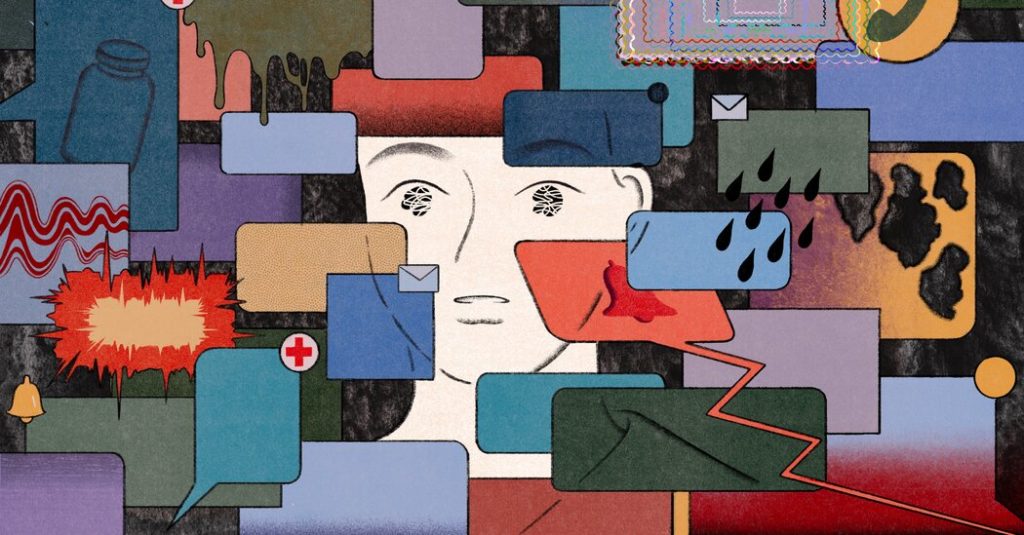Online therapy platforms have seen a rise in demand during the pandemic as well. Mindy Heintskill, the chief growth officer of MDLive, a telehealth provider with more than 62 million members in the United States, said their online therapy and psychiatric care services increased fivefold in 2020 compared with 2019. Nearly half of these patients cited stress and anxiety as the main reasons for scheduling their visits, Ms. Heintskill added.
In August, the Centers for Disease Control and Prevention published a report which concluded that in late June, 40 percent of adults in the United States had been struggling with mental health or substance abuse issues, and rates of depression and anxiety had risen since 2019. In addition, a study of almost 190 million emergency department visits found that visit rates for mental health conditions, suicide attempts, drug overdoses and child abuse and neglect were higher in mid-March through October 2020, than the same period in 2019.
While companies that provide online counseling or psychiatric services like MDLive, Talkspace and BetterHelp have helped to improve access for some, mental health experts have said that these outlets cannot alone address the chronic inequities and provider shortages that were already plaguing the country.
A 2018 study published in the American Journal of Preventive Medicine found that there was an unequal distribution of psychiatrists, psychologists and psychiatric nurse practitioners across the United States, with more pronounced deficiencies in non-metropolitian counties.
‘Every single person I see needs therapy right now’
Ms. Huminski, the psychotherapist in Rhode Island, has tried to accommodate more patients by scheduling people at odd times, but that hasn’t been enough, she said. She can no longer take new clients, in part because her current ones are seeking more sessions than they have in the past. She would offer to make referrals, she added, but “nobody has openings right now.”
Even Ms. Huminski’s local hospital, which has an intensive therapy day program where she sometimes refers patients, is fuller than usual. In the past, she said, it would usually take up to four weeks to get in. Now, she added, it’s around four months.
Jennifer Kittler, a clinical psychologist who is also based in Providence, said that she, too, has had almost no availability for new clients over the past 10 months. As her case loads have increased, she’s taking steps to prevent burnout.
